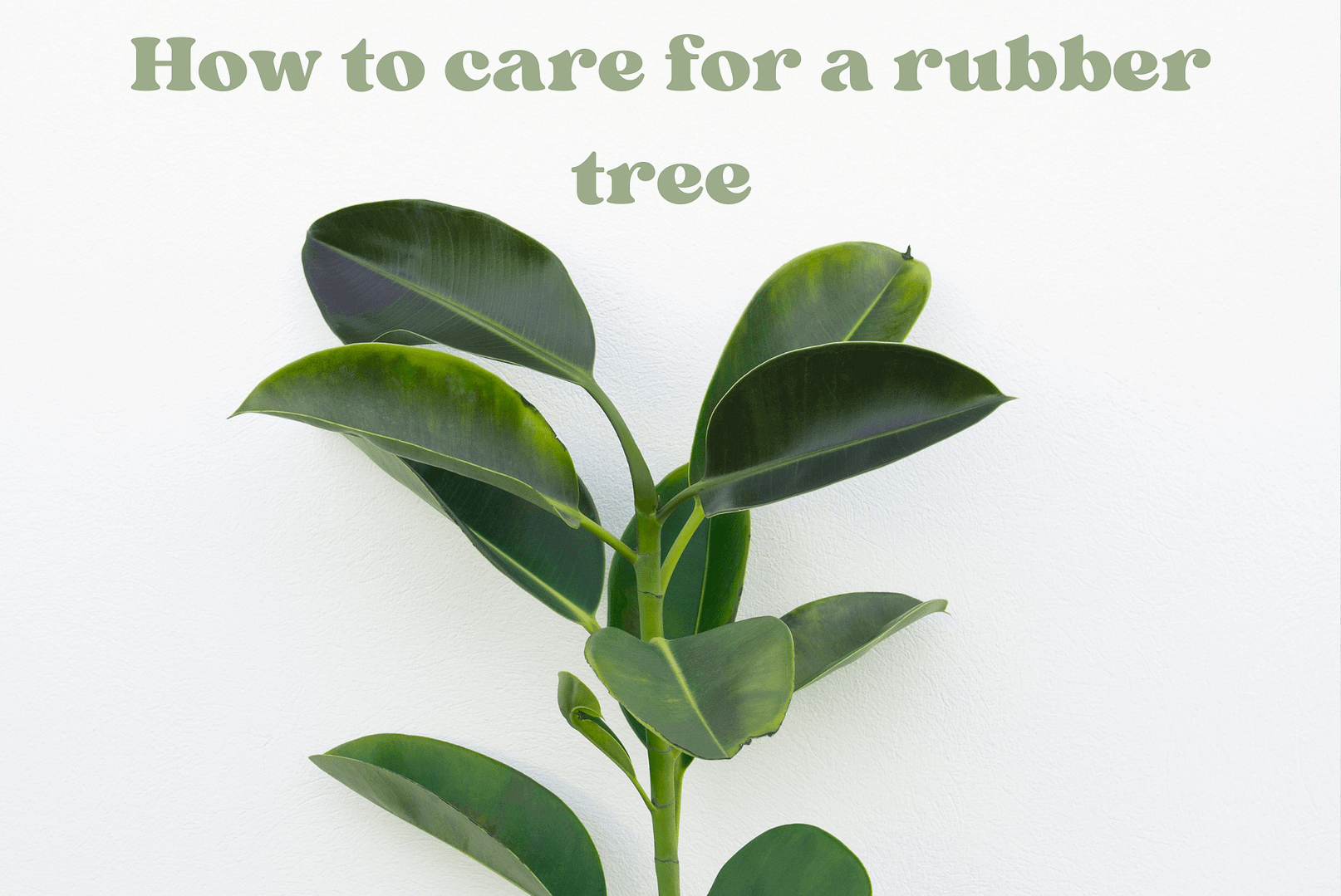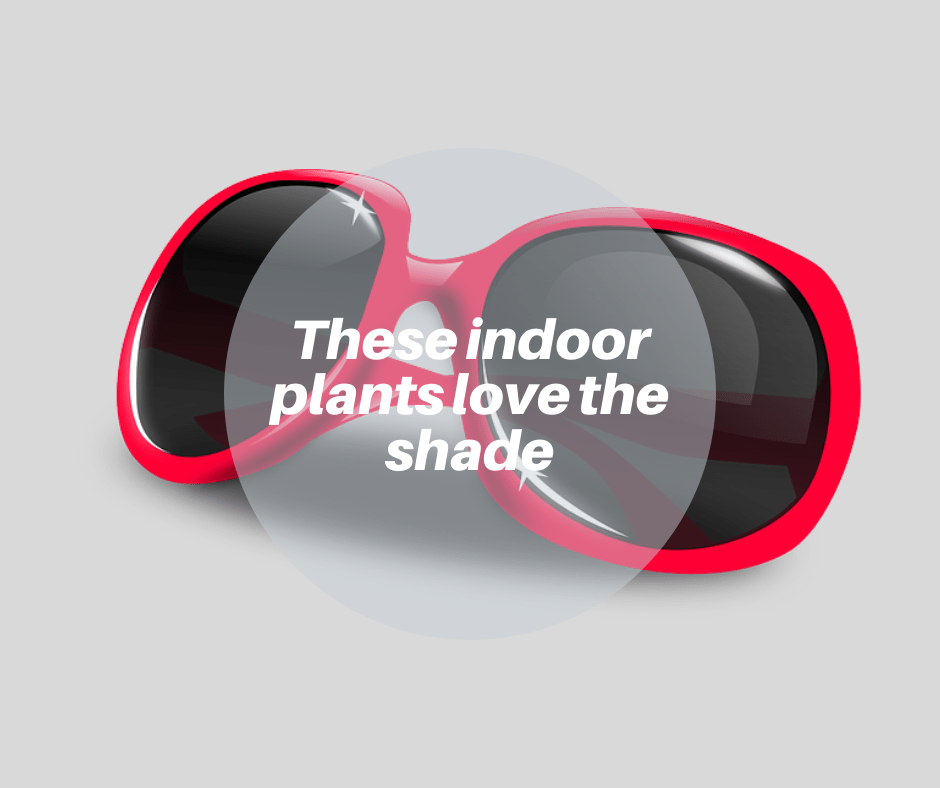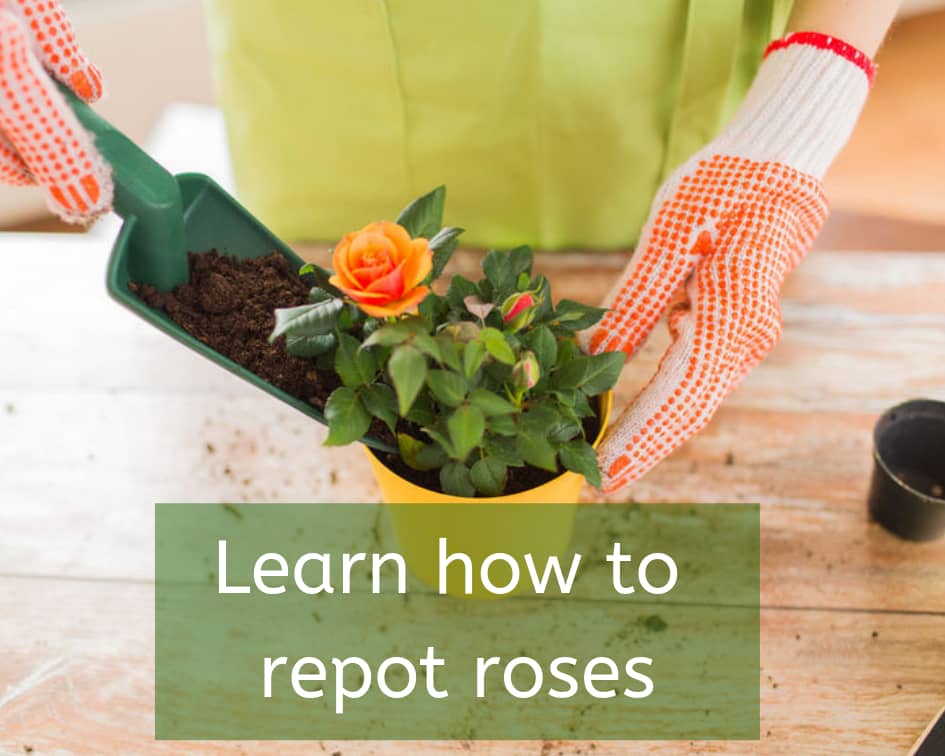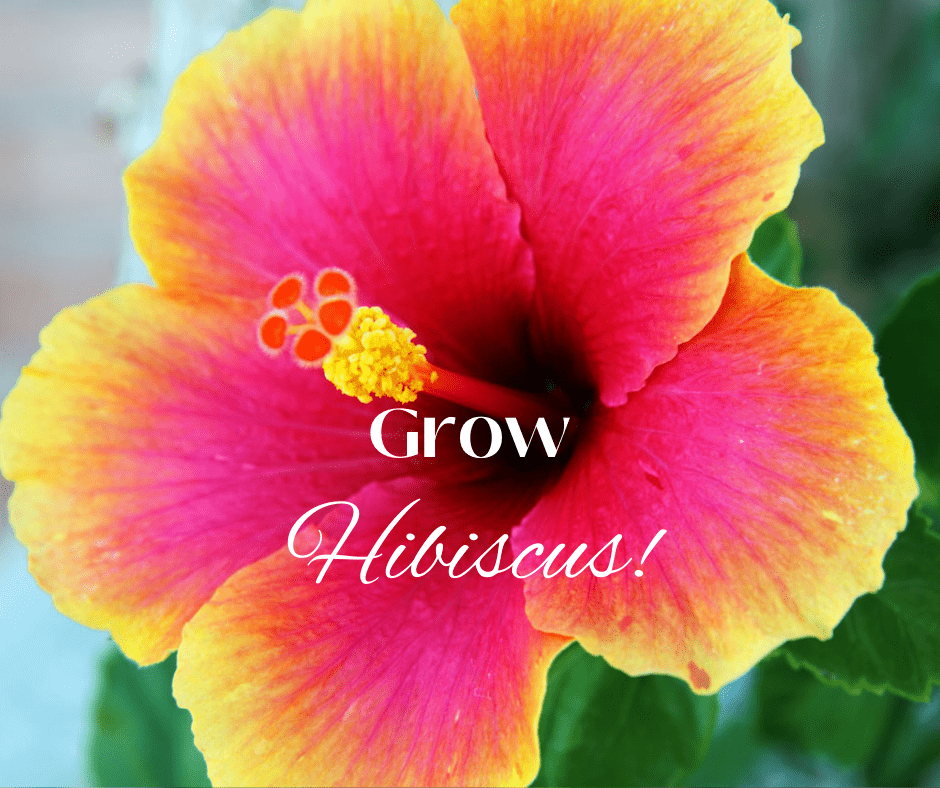This post may contain affiliate links. As an Amazon Associate we earn from qualifying purchases.
Here are the rubber tree care instructions that you’ve been dreaming about!
Ever wonder where the rubber tree plant got its nickname?
At one time, the plant (Ficus elastica) was grown as a source of rubber. Wikipedia editors call this rubber “inferior,” so naturally as soon as botanists found another, better source (Hevea brasiliensis), our Ficus friend became just another pretty face.
That all took place in the early 1900s. Today, the rubber tree is beloved for the gorgeous accent it adds to interior spaces.
Can Rubber Tree Plants be Grown Outdoors?
Rubber tree care outdoors depends on where you live.
The first consideration will be your hardiness zone. For new gardeners: the USDA (United States Department of Agriculture) hardiness zones are based on the annual coldest winter temperature in each zone.
You can find your hardiness zone here on Gardenologist.org just by entering your ZIP code.
Now, here’s where it gets a bit sticky when it comes to tropical plants in general and the rubber tree in particular.
One of the most common questions about the plant is “Can rubber trees be grown outdoors?”
Well, let’s explore this. We are assuming that they want to plant the rubber tree in-ground, or perhaps in a pot where it will remain outdoors year-round.
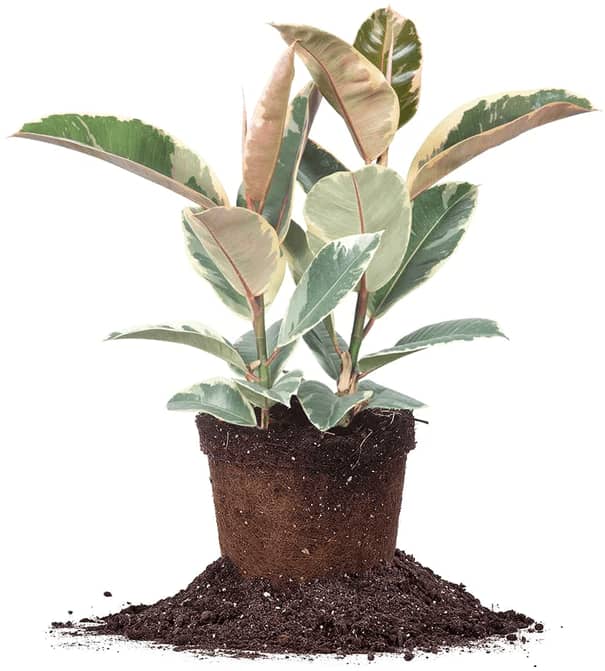
The lowest temperature that the rubber plant tree can tolerate is 50 degrees Fahrenheit. Why then, do I read on other gardening sites that:
- “If you live in U.S. zones 10 and 11, you can grow rubber plants outdoors.”
- “Though they are hardy outdoors in USDA zones 9, 10, and 11 …”
- “… grow outside with plenty of room to spread out in zones 10 to 12.”
Finally, we have this spectacular flub:
“Rubber trees can also be grown outdoors in USDA Hardiness Zones 9-11 year round.”
Here’s the problem with these examples:
- We know for a fact that this plant can’t tolerate temperatures lower than 50 degrees F.
- Zone 9 winter temperatures get down to 20 to 30 degrees Fahrenheit.
- Zone 10 winter temperatures range from 30 to 40 degrees F.
- Zone 11 temperatures in the winter average 40 to 50 degrees F (oops, still too cold)
 In reality, the only two zones where it is safe to keep your rubber plant outdoors all year are 12 and 13. This means gardeners in Hawai’i and Puerto Rico can safely leave their Ficus elastica outdoors year-round.
In reality, the only two zones where it is safe to keep your rubber plant outdoors all year are 12 and 13. This means gardeners in Hawai’i and Puerto Rico can safely leave their Ficus elastica outdoors year-round.
This doesn’t mean your pretty plant can’t spend spring, summer and fall outdoors. Just keep an eye on overnight temperatures and bring it inside when it will be chilly. It’s a big part of rubber tree care!
Remember to acclimate the rubber tree slowly to the new conditions outdoors.
- Move the plant outdoors to the shadiest spot you can find.
- Allow the plant to remain in this spot for a week or two. Two is best.
- When you move it, ensure it gets bright but diffused light – never direct sun.

Rubber Plant Care Indoors
Many newcomers to growing can’t wait to get their plant home so they can take it out of that ugly black plastic pot and plant into the gorge one they just bought.
Big mistake.
All plants need time to acclimate to the new surroundings. Yanking the roots from the pot and replanting just adds more stress to the already different light and humidity levels it’s receiving.
Take your time. In fact, this is the time where you can experiment with various light levels. Move the plant to different locations in the home, leave it for a few days and keep moving it until you find its favorite spot.
Rubber Plant Soil Mix
When it’s time to repot your rubber tree, pay careful attention to the soil you choose. Although any soil that drains well is sufficient, why not treat the new baby to a gourmet experience? Consider creating your own out of equal parts of the following:
If the potting soil doesn’t contain fertilizer, add a time-released fertilizer to the soil and mix it in according to package instructions.
Or, head over to Amazon.com and check this out: A bag of Fox Farm Ocean Forest potting soil bundled with a bag of perlite.
Whatever you do, avoid cheap potting mixes and try to avoid a potting mix with a lot of peat moss. Fungus gnats are particularly attracted to the stuff and they are extremely annoying and challenging to get rid of.

Rubber Tree Light Requirements
Hey, Gardenologist Team, does the rubber tree need direct sunlight? Yup, that is probably the third most common question we receive about this plant. Number two is about watering the plant and that’s up next.
First, let’s talk about how much light the rubber tree requires. A lot, but not too much. “Bright, indirect light” is what the nursery folks will tell you. But, what does that mean?
Find a window in your home that gets bright sunlight. Now, picture that window with a gauzy white curtain over it. It let’s in lots of light, but the light is diffused (or “indirect” as the pros say). It may take some trial and error to find that just-right spot for your rubber tree. And, that’s ok, because getting the lighting right is an important aspect of rubber tree care.
 Water the Rubber Tree
Water the Rubber Tree
“How often do you water rubber trees?” Argh! This is one of the worst questions any gardener, indoor or out, can ask. It’s even worse if you follow the advice you receive in response.
Plants don’t get thirsty on a particular schedule. Not all rubber tree plants are growing in identical soil and receive identical amounts of light. It’s up to you to determine when it needs water.
Knowing that this plant demands consistently moist soil will help you immensely. Consistently MOIST, not sopping wet. I liken it to a well-wrung sponge. Then, fight the urge to water it again until you can stick your index finger all the way into the soil and it comes out dry.
The exception to that last “rule” is if your rubber tree gets all dramatic and starts wilting or dropping leaves. In that case go ahead and water as you usually do.
 Rubber plant humidity requirements
Rubber plant humidity requirements
As a tropical rainforest plant, the rubber tree requires as much humidity as you can offer. It’s critical to good rubber tree care. And, no, this doesn’t mean misting it with a spray bottle.
Misting plants is one of the worst gardening myths ever perpetrated on new gardeners. It’s useless. It doesn’t do a thing to raise the humidity that tropical plants require.
As soon as that water evaporates off the plant’s leaves, the humidity level is gone. Since the air in most of our homes is dryer than the Sahara Desert, you would need to pull up a chair next to your rubber plant and squirt it every two to three minutes, all day, all night, every day.
There are ways, however to increase humidity for your rubber tree plant. The best way I’ve found is by placing a humidifier next to it.
I bought the Insenvo unit from Amazon for my tropicals. It’s a bit pricey, and they often offer a 20% off coupon, but if it’s more than you want to spend, there are others you might want to try.
Also, take a look at our advice about other ways to increase humidity for houseplants.
SHOP NOW
Rubber Tree Fertilizer
Liquid or granular, it makes no difference to your plant. The best fertilizer for the rubber tree, indoors or out, is a 3:1:2 ratio. For new gardeners, these numbers represent the amount, in weight, of nitrogen, phosphate and potash in the fertilizer.
Yes, you can purchase 3-1-2 fertilizers but you’re not married to those numbers. Other fertilizers with that ratio include Dyna-Grow Foliage-Pro, which is one of the best (9-3-6) or pick up a 12-4-8.
If your tree is large, apply the recommended rate listed on the label every two to three months while the rubber tree plant is growing. Don’t fertilize over the winter and pick it back up as soon as you see new growth in the spring.
If your tree is a baby, reduce the recommended rate to 1/4.
Shine up Those Leaves
I hear tell that other houseplants are envious of the rubber plant because their leaves don’t shine. Not many of them anyway. The rubber tree, on the other hand, is positively gorgeous when the leaves are kept clean and shiny.
You don’t need to rely on “shine” products to achieve the look. No mayonnaise either. Take these simple steps:
- Dust the leaves on both sides using a soft cloth.
- Grab another cloth, moisten it, and wash each leaf, again on both sides.
- Use a microfiber cloth to dry the leaves and buff them to a high shine.
Common Rubber Tree Problems
Pseudomonas/Bacterial Leaf Spot
The bacterial leaf spot diseases that the rubber tree is susceptible to share a number of symptoms, which makes trying to nail down the exact bacteria causing them a bit challenging.
Pseudomonas is evidenced by “… circular lesions … with a water soaked appearance,” according to D. J. Norman and Gul Shad Ali with the University of Florida’s IFAS Extension.
“Water soaked?” A lesion with a “water soaked appearance” is often dark, typically sunken, wet and often appears to be translucent.
If you suspect that your Ficus elastica has a bacterial leaf disease, isolate it from other plants. Treat with Monterey Complete Disease Control RTU or Bonide Revitalize Biofungicide RTU
By the way, there is a closely related bacterial disease, Xanthomonas leaf spot, that leaves some of the same symptoms. The biggest difference between the two is that Xanthomonas leaves angular, not round, spots.
The good news is that you can use the aforementioned products for this disease.

Anthracnose
You may have heard of this guy. Anthracnose is a fungus that isn’t real picky about who it picks on.
Suspect anthracnose if the tips of your rubber tree’s leaves turn brown, or you find dead spots on the surface of the leaves. “Under humid conditions, brown masses of spores can form into concentric rings,” according to Norman and Ali. The spots will turn brown and the leaves may fall from the tree.
For some reason, the variegated rubber trees are more prone to this disease than those with solid colored leaves.
Avoid this disease by not misting the plant’s leaves. Control and prevent anthracnose on your rubber tree with Bonide Liquid Copper Fungicide RTU or Monterey Liquid Copper Fungicide RTU
Pythium and Phytophthora Root Rot
Overwatering our houseplants is probably the main cause of death for them. New gardeners, especially, get this itch to nurture and turn into helicopter plant moms/dads, hovering over their plants, watering can at the ready. Some (not many) plants love sitting in mucky, wet soil.
Not the rubber tree though. Too much water can bring on root rot, typically caused by Pythium or Phytophthora. These “… soil-inhabiting pathogens, previously considered fungi, are now considered to be in a separate classification called oomycetes,” according to E. J. Perry, UC Cooperative Extension, Stanislaus County, CA.
If your rubber tree plant’s leaves appear to be wilting, such as when they’re stressed for water, or if they appear dull or turn yellow, suspect root rot. Perry goes on to say that symptoms often only effect one part of the tree, such as one stem and then it spreads.
Prevent root rot by not overwatering your rubber tree plant.
Your best course of action should your plant succumb to either of these pathogens is to check the roots to determine how much of the root ball is infected. If it’s only a few roots, use sterilized, sharp snips to remove them, then sterilize the pot and repot the plant in fresh soil.
If the damage is extensive get rid of the plant and the soil and sterilize the pot it was in before reusing for another plant. We show you how to clean and sterilize planting pots.
Potassium Deficiency
Potassium helps water, carbs and nutrients travel throughout a plant’s tissues. It also activates enzymes that affect the production of protein, starch and ATP, which regulates photosynthesis. Yeah, it is that important.
For new gardeners, the symptoms of a potassium deficiency may seem similar to those of an iron deficiency:
- Interveinal chlorosis, which is a fancy way of saying that leaves will turn yellow between the veins, but the veins remain green.
- Older leaves may die.
- Terminal buds (those at the tips of shoots) and axillary or lateral buds (those growing from the sides of shoots) may die.
Potassium deficiencies frequently occur in sandy soils or those with a lot of calcium and magnesium in the soil. Salt is also a culprit. Use kelp meal as a supplement. Follow the instructions on the label.
Ficus elastica pests
I remember when I first started growing houseplants. My first pest infestation had me stymied. How on earth do these common garden insects get into my house?
I learned that they can get in a number of ways, from contaminated potting soil to hitchhiking a ride on my rubber tree that spent time outdoors.
It’s important to check your plant frequently for signs of a pest infestation. Once it gets out of hand it can be challenging to control and some pests can kill your plant.

Scale on the rubber tree
If you notice sticky sap and small, raised bumps on the rubber tree’s leaves, suspect a scale infestation. These pests suck sap from the plant’s leaves and stems.
They appear in a wide variety of colors and even shapes, but the most common will be the dome shape. Inside this hardened dome is the legless female, feeding and laying eggs.
As scales feed on the rubber tree, they leave behind a sticky substance known as honeydew. “The honeydew accumulates on the plant’s lower foliage, furniture, carpeting, or other objects beneath the infested plant,” suggest the experts at Iowa State University Extension and Outreach.
They go on to explain that scale is challenging to control because of the hardened protective shell. “… scale-infested plants will need to be sprayed with insecticidal soap every 7 to 10 days until the infestation is eliminated.
Please don’t use a homemade insecticidal soap. I can’t tell you how many of our fellow gardeners have lost precious plants because they confuse dish detergent with real soap.
Safe and effective commercial soaps include Safer Insect Killing Soap Concentrate, Garden Safe Insecticidal Soap and Bonide Insecticidal Super Soap.
If the infestation is small, dip a cotton swab in rubbing alcohol and dab it on each scale insect.
Don’t let aphids kill your rubber tree houseplant
Aphids are quite easy to control in the garden; all it takes is a blast of water from the hose. Repeat three or four times over the course of two weeks and they’re gone. Indoors, it’s not quite as easy.
Aphids are tiny insects that come in a variety of colors, white, black, green, orange and yellow. They feed the same way as many pest plants, by sucking the juices from foliage and stems and leaving behind honeydew, which attracts ants and sooty mildew.
If the tree is still small, place it in the sink and hit the leaves with a blast of water from the faucet. Larger trees can get the same treatment by either taking them outdoors and using the hose or by placing them in the bathtub.
Otherwise, repeated applications of insecticidal soap sprays should control them. Recommendations for insecticidal soap sprays are listed in the previous section.

Mealybugs
I am a pest homicidal maniac when it comes to two pests: mealybugs and spider mites. Let’s start with mealies.
Mealybugs are small, white insects. Members of the same family as scales, they’re tiny. Like scale, the female retreats into a covering (a white, waxy material, which makes them look fuzzy). Here, she lays her eggs and they youngins start to feed.
The covering’s “wax” stops pesticides from reaching the mealybug. Insecticidal soap sprays will control the youngsters, but the adults won’t be phased. There are chemicals you can use as well.
I fight them every growing season on my hibiscus. I use a cotton swab dipped in alcohol and dab it on each individual bug. Yes, it’s time consuming, which is why I despise this pest.
I use a systemic insecticide on my other outdoor plants and it typically lasts a whole season, but I’m not about to use it indoors.
Spider mites
The bane of many a gardener’s existence! Especially indoors, the ravenous spider mite is a cruel enemy. To make them even creepier, they’re not insects, but arachnids; related to spiders and ticks. In fact, they look a lot like the latter.
The first clue you’ll find is webbing on the leaves and stems. Look on the back sides of the leaves, however, and you may see colonies of these tiny arachnids. Stippled coloring on leaves is also a tell-tale sign that spider mites are sucking the juices from your rubber tree.
Use Safer Brand 3-in-1 Garden Spray to control the population. This is a combination of insecticidal soap and sulfur so read the label carefully and apply as instructed. Don’t use it, however, within 30 days of applying an oil spray.
Happy growing!
Mention of a pesticide or fungicide is for educational purposes only. Always follow the pesticide label directions and cautions. Ensure that you wait the required number of days between pesticide application and when you can safely harvest your crop or allow pets and kids near it (that information is on the label).
